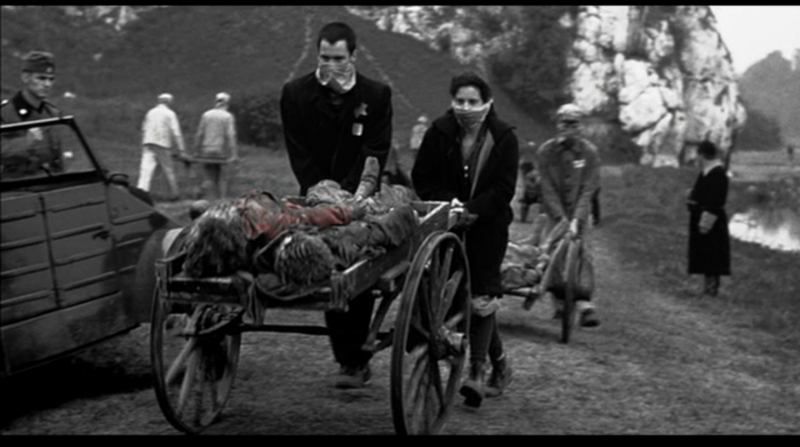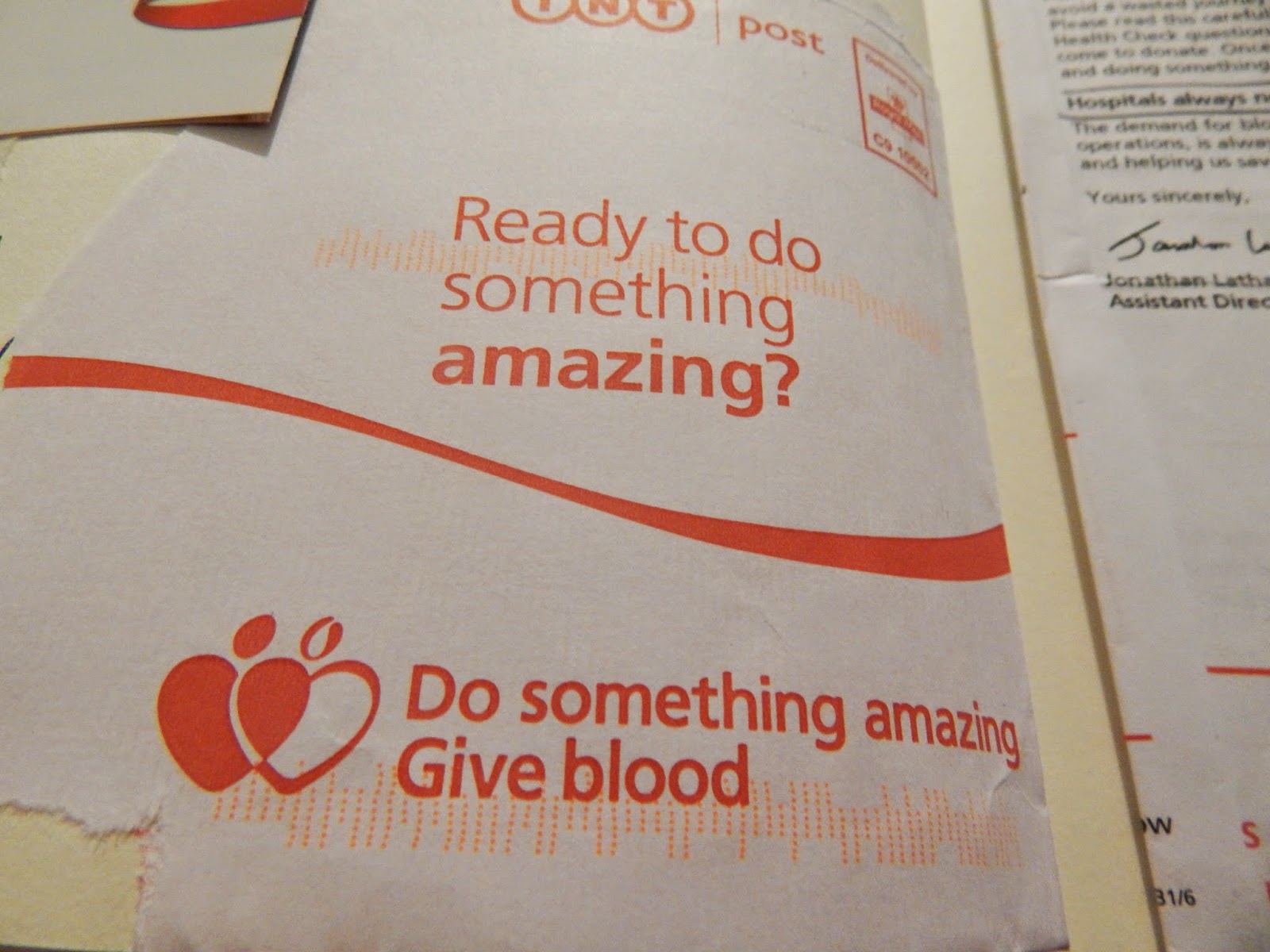 |
| Author's own 2014 |
Science Museum,
Welcome Collection and Medical History exhibition.
At the beginning of my research stage I have decided to look into medical history. I went to see The Science and Art of Medicine as well as the Welcome collection at the Science Museum. When I first walked into the empty large exhibition room my first thoughts was actually rather scared. I didn't like the clinical feel and the scary instruments all left out for me to view. In this sense it would scare me to give blood. Especially if I had to view all of that equipment first. The whole atmosphere of the room was not right. If I was able to control the look of this exhibition my first thing I would change is light. If you look in the images it looks eerie and gloomy. Where is the excitement and passion in the revolutionary history of medicine.
 |
| Author's own 2014 |
 |
| Author's own 2014 |
 |
| Author's own 2014 |
Looking around this area I came across a special area dedicated to the history of giving blood in the 19th Century. Obviously this relates a lot to my project and I was able to photograph and read up what the exhibition was showing. The poster to the left you can see is campaigning for people to give blood. The poster in itself is really simple. The layout uses the space to emphasize the little information. However the vocabulary and phrase used is really powerful and in my eyes would make many people consider to give blood. There is no motto at the end of the poster declaring it points to the NHS or Donating blood other than the bottle of blood. Although this is a good idea I want the idea of giving blood to be emphasized and therefore will ensure that it is mentioned.
 |
| Author's own 2014 |
The other sections of around the poster shows the different equipment used for blood transfusions such as the needles and the blood bags which you can see to the left. In one section of the exhibition it explains how vastly the numbers have increased since the 1940's as well as this it spoke of technology advances. I also learnt at this exhibition about Karl Landsteiner. Landsteiner created the format that determined the blood groups from determining the antigen ( the protein) on the surface of red blood cells. After viewing the exhibition I realised the amount of information that I didn't really know about or fully understand. Because of this I really want to research more into the circulation system and the way our blood benefits us and how blood is used. From going to this exhibition I am able to really appreciate how far blood transfusion has come, as an example to the left you can see that the blood bags were not disposable but washable! Looking at how much we have progressed allows me to appreciate how far we have come. One thing which I really liked on the showcase was a set of pins given out to donors after they have given blood. Used as a sort of persuasion to get more people on board. I think this was a really good idea. As mentioned in the text next to badges, In many other countries blood is paid for such as in the US. In Britain it is up to charitable donations, an incentive which is why these badges could be useful. However I think that although then it was a good idea now I want to campaign for people to give blood because they can not just so they can get a badge. It is up to goodness in people's own hearts.
 |
| Author's own 2014 |
 |
| Author's own 2014 |
In the US you are paid for Plasma Donations. equating on average around $20-$40 for your first time etc. The Plasma donation allows donors to donate more frequently as it only takes part of the blood (plasma cells). Around the initial blood donation section there was also a section about blood cells. They were presented on massive light boxes illuminating the different colors that blood can have. I think this was a really good basis to consider looking into. Blood is more than red liquid it is made up of different things. Which is what I really need to research more to fully understand how blood actually works. The image below of the 14/15th century illustration isn't showing the act
of blood transfusion however I thought it was showing that. It allows me to see the power of interpretation and how something can look different once you look closer. This has already started to take place for me learning more about giving blood.
As well as this the picture is very sinister looking and does create feelings of anxiety.
After looking at this exhibition I looked at the Welcome Collection also available in the Science Museum. The welcome collection again had another
 |
| Author's own 2014 |
weird aura about it. Again completely empty there was an array of dummies suggesting certain medical
break through and war medicine etc. I did not think that this was as relevant as the first exhibition. However what it did tell me was again the atmosphere I do not want to have, the clinical- no emotion feeling. I want to be passionate and exciting, because it is exciting knowing that you can save someones life for nothing. It is something which science and medicine should be proud of- so I want to take all this information and history out of the dark room and put it into light, and somewhere it will be recognized. Be it on the internet or on TV so people my age will be able to view it easily.
I want to plant the seed.
Hunterian Museum
 |
the-history-girls.blogspot.com
Accessed on 10/03/2014
|
I have never heard of the Hunterian museum before this project so I was really excited to visit the museum. The Hunterian is located within the royal college of surgeons, presents a much different atmosphere. Walking in to the building I felt more professional, asking the receptionist where the Hunterian museum you greeted me happily and gave me a visitor badge to wear. After walking through the barriers and going up a staircase filled with many oil paintings I arrived at the museum. There was so many more people in this one exhibition than there had been in the Medical collection at the Science Museum. The lighting of the room was so much better and seriously lifted the atmosphere.
Unfortunately you are not allowed to take any photographs, however this did mean I was able to take in the museum itself a lot more. There was so many different medical marvels. I have never seen so many different human parts and skulls before in my life, at first it did shock me however after the initial reaction I was able to really appreciate the medicine behind it. It dawned on my how these diseased skulls and broken parts were used for education for the surgeons in the college. Because of this aspect the room is so much more powerful and more interesting, this is something I need to consider do I want to just show something or do I want to explain? As previously mention I need to go further than looking at what happens to the donors when they give blood but also at what the blood is used for after and why it is needed.
There was not to much that talked about blood but it did speak of its need during surgery. As well as this in the far corner there was what looked like a weird mesh of red wires. When I looked closer I identified it as a stillborn babies arteries. The baby had passed away and the arteries where then plasticised leaving this delicate piece. This was really sad because of the fact it was so small and just a baby, but looking at the medical structure it was really visually interesting, it was the first time I was really able to appreciate all the veins and arteries that allow a body to survive. *I hope to look more into arteries and how perhaps I could use in a design. On the top floor there was a whole section on plastic surgery at queen Mary's- the hospital I was born in Kent. Although this did not have anything to do with Donating blood it was really interesting to learn about something from my own history.
Overall the visits to the different exhibitions was really helpful for my own project as I was able to appreciate the history of medicine and the way it has shaped Britain's history as well as internationally. I have also been able to consider the atmosphere of what I am presenting, do I want something clinical and statistically informed or do I want something that can actually connect with people on an emotional level ( I propose the latter). The trips has allowed me to see different ways donating blood was campaigned and some information on the history of blood transfusion. From these visits I hope to research more into specific areas and ultimately have a much better understanding on giving blood and blood itself.

























